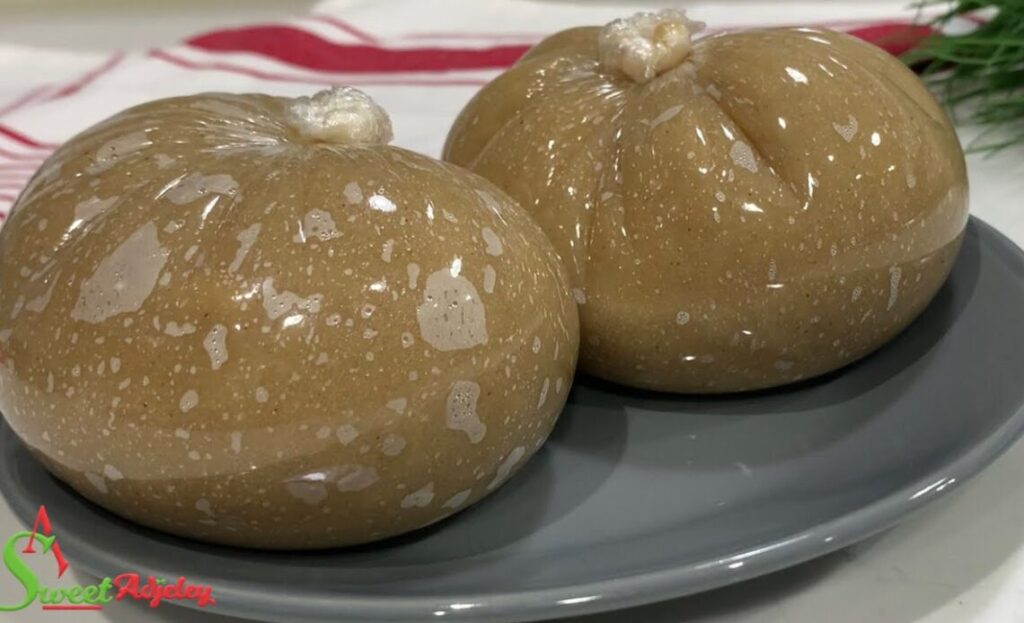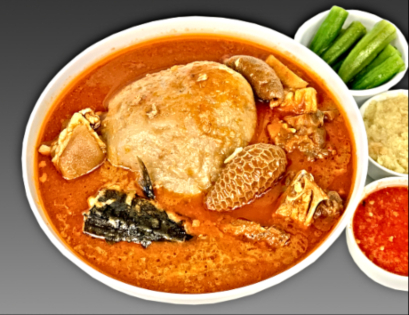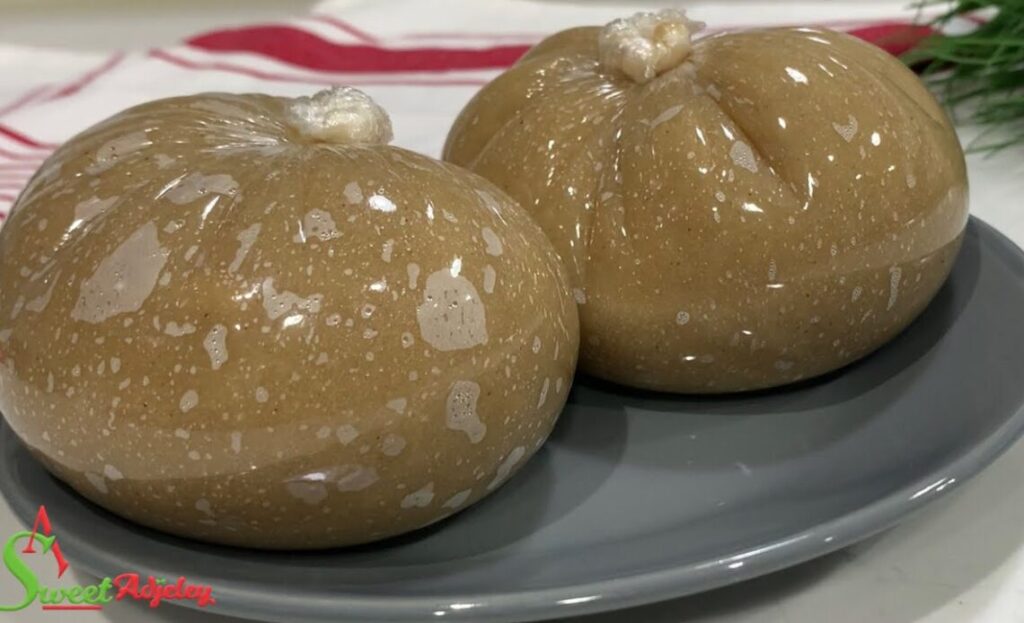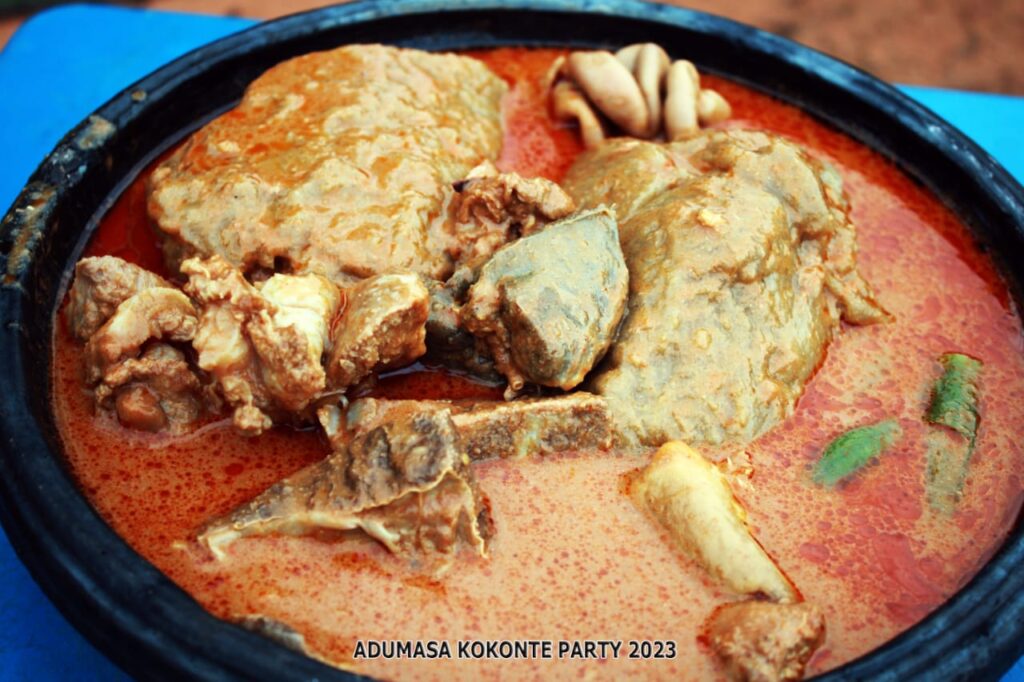Ghanaian Cuisine: Konkonte, also known as “abeti3,” “lapiiwa,” “lapelawa,” or “face the wall,” is a staple food popular among different ethnic groups like the Ga, Akan, and Hausa.
This dish comes in shades of brown, grey, and deep green, depending on the ethnic group preparing it. Made from dried cassava or yam, kokonte is a traditional Ghanaian dish often accompanied by soups made from palm nut or groundnuts. Its English name, “brown fufu,” closely resembles tapioca, a Brazilian delicacy, and is widely enjoyed in the Volta Region of Ghana.

Kokonte is a straightforward dish crafted from dried and pounded cassava or manioc root, which transforms into a brownish appearance during preparation. This dish plays a significant role in the culinary culture of the Akans and other ethnic groups within the Kwa languages.
The final appearance of konkonte varies based on the type of cassava used and the extent of drying. It generally exhibits shades of brown and even chocolate-brown hues. This color resembles the top school uniform worn by students across many parts of Ghana.
The process of preparing konkonte begins with obtaining cassava from farms or local markets. Cassava is widely consumed due to its affordability, making it a staple in Ghanaian diets. To make the dish, cassava is peeled, washed, and cut into chips, which are then sun-dried before being ground into powder.

The drying process affects the appearance of the cassava chips and, consequently, the final dish. Farmers in Ghana employ various drying methods, with natural sun drying being the preferred option. Cassava chips left undried for extended periods can develop a brownish-like algae on their surfaces, which affects the appearance and taste of the konkonte.
To transform the dried chips into powder, they are pounded or ground. The resulting powder is then mixed with either room temperature or hot water. The mixture is stirred over heat until it thickens, after which it’s kneaded and cooked further. The consistency can be adjusted by adding more hot water if needed.

For serving, there are two common methods. In the first, a portion of konkonte is placed in a wet bowl, its edges drawn to the middle to create a smooth base for pouring soup over. Alternatively, some people scoop a portion into a bowl and pour soup over it.
Kokonte holds cultural significance in Ghana’s culinary heritage, reflecting the resourcefulness and creativity of its people in transforming simple ingredients into a satisfying and flavorful dish.






































